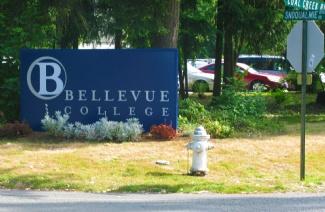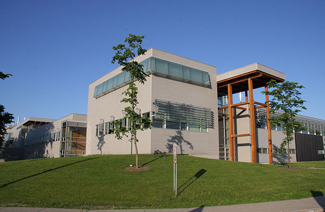SAT的日常练习中,模拟题的练习能够让大家对考试有更好地了解,同时大家也能够更全面的了解自己的备考弱点,重点突击薄弱项,更全面的提升SAT分数。那么今天的SAT练习内容是什么呢?下面小编为大家整理了详细的内容,供大家参考!
Fifty years ago, Sarnoff Med nick defined the process of creative thinking as "the forming of associative elements into new combinations which either meet specific requirements or are in some way useful.The more mutually remote the elements of the newcombination, the more creative the process or solution." Mednick argued that creativepeople have flat associative hierarchies: they are better able to access distant, remote associations. For example, when given the concept "table," Med nick predicted that creative people would be more likely to retrieve more remote associations such as "leg" or "food." Incontrast, Mednick argued that less creative thinkers have a steep associative hierarchy, inwhich words with a higher associative strength (e.g., chair) would be more likely to enter theirminds:
The figure presents a graph of two lines. The following five words are indicated along thehorizontal axis, from left to right: chair, cloth, wood, leg, and food. The vertical axis islabeled "Likelihood of retrieval." The word low is indicated at the bottom of the vertical axisand the word high is indicated at the top of the vertical axis. One line represents a flatassociative hierarchy and one line represents a steep associative hierarchy. The flatassociative hierarchy line begins at the word chair, approximately midway up the verticalaxis. It curves slowly downward and to the right until it ends at the word food, approximatelyone-fourth of the way up the vertical axis. The steep associative hierarchy line begins at theword chair, at the top of the vertical axis. It moves steeply downward and to the right until itreaches the word cloth, slightly lower than midway up the vertical axis. It then movesgradually downward and to the right until it reaches the word leg, slightly above thehorizontal axis. At this point, the line levels off until it reaches the word food. The two linesintersect at the word cloth, slightly lower than midway up the vertical axis.
[One] tool that has been used recently to look at creative cognition is Latent Semantic Analysis(LSA), an objective scoring method where you can derive a measure of semantic distance.With LSA, you can quantify the similarity between words or texts based on statisticalanalyses of the responses of a large population.
Using this technique, Ranjani Prabhakaran, Adam Green, and Jeremy Gray found that "thinslices" of verbal behavior (single-word utterances) predicted creative cognition. In their "verbgeneration" task, a noun was presented every few seconds, and the participant was instructed to say the first verb that came to mind in response to the noun. The researchers analyzed thesemantic distance of the responses using LSA.
They found that the greater the semantic distance of the noun-verb pairs, the higher the levelsof creative cognition, story-writing ability, openness to experience, and creativeachievement. Interestingly, they also found a relationship between semantic distance andtraditional measures of "convergent thinking," such as IQ and working memory. Thissuggests that creative thinking doesn't just involve combining distant associations, but alsorequires consciously accessing the associations.
According to the graph, people with flat associative hierarchies and people with steepassociative hierarchies are roughly equally likely to associate which word with theconcept "table"?
A.Chair
B.Cloth
C.Wood
D.Leg
答案:B
解析:
Choice B is the best answer. The lines on the graph are very close to each other above the word "cloth." This indicates that people with flat associative hierarchies and people with steep associative hierarchies are almost equally likely to associate the word "cloth" with the concept "table."
以上就是关于“SAT模拟考试每日练习”的内容,希望通过本篇文章的学习,帮助大家更好的提升自己的SAT考试能力,更充分的备考考试。更多有关SAT的练习题敬请关注本频道的持续更新。

















